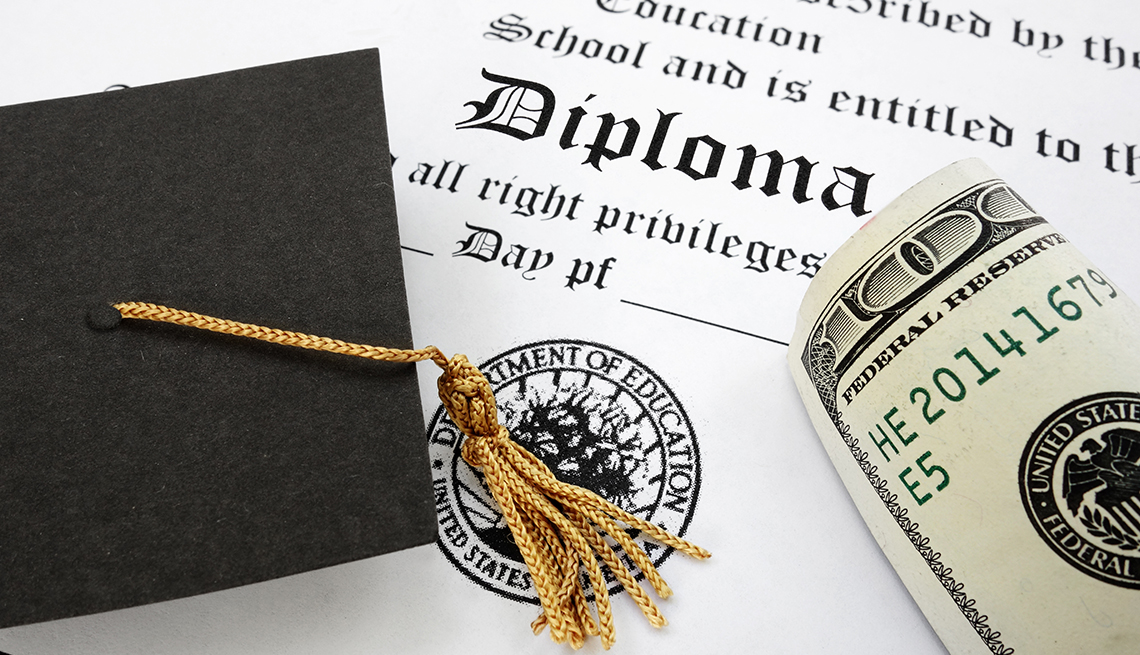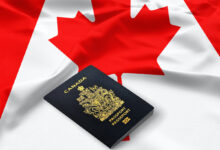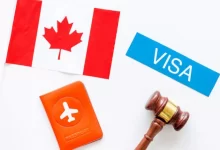Student Loan Forgiveness Programs: Eligibility and Options
In higher education financial responsibility, student loans have become a common means to access education. However, the burden of repaying these loans can be overwhelming for many graduates. This is where student loan forgiveness programs come into play. These programs offer a glimmer of hope, providing eligible individuals with the opportunity to have a portion or even the entirety of their student loans forgiven. In this article, we will delve into the ins and outs of student loan forgiveness programs, exploring eligibility criteria and various options available.
Understanding Student Loan Forgiveness Programs
Student loan forgiveness programs are government-endorsed schemes strategically developed to mitigate the economic strain posed by student loans among eligible individuals. Frequently, these initiatives are tailored towards professionals engaged in specific sectors like public service, education, healthcare, and non-profit sectors. Engaging in these programs empowers borrowers to potentially receive partial or complete alleviation from their student loan debt, contingent on the precise program and their fulfillment of eligibility criteria.

Eligibility Criteria for Student Loan Forgiveness
The eligibility criteria for student loan forgiveness programs can vary widely based on the specific program and the borrower’s circumstances. However, there are some common criteria that applicants often need to meet:
- Employment Type: Many forgiveness programs require borrowers to work in certain professions or industries, such as public service, government, non-profit organizations, teaching, healthcare, and more. The goal is to incentivize individuals to contribute to the greater good through their work.
- Loan Type: The type of student loan you have can impact your eligibility. Federal loans generally qualify for forgiveness programs more than private loans.
- Repayment Plan: Being enrolled in certain federal repayment plans, such as Income-Driven Repayment Plans, is often a requirement for loan forgiveness. These plans typically base monthly payments on the borrower’s income and family size.
- Minimum Payment Period: Some programs require borrowers to make a certain number of qualifying payments before becoming eligible for forgiveness. This is to ensure that applicants have demonstrated their commitment to repaying their loans.
- Full-Time Employment: Many forgiveness programs require borrowers to work full-time in a qualifying role for a specified period. Part-time or temporary work may not fulfill the eligibility criteria.
- Timely Payments: Consistent and on-time payments are essential to maintaining eligibility. Missing payments could impact your chances of loan forgiveness.

Options for Student Loan Forgiveness
There are several notable student loan forgiveness programs available, each tailored to specific professions and situations:
- Public Service Loan Forgiveness (PSLF): This program is designed for individuals working in public service and non-profit organizations. After completing 120 qualifying payments through a qualifying repayment plan while actively working full-time for an eligible employer, you can receive forgiveness for the remaining loan balance.
- Teacher Loan Forgiveness: Teachers working in low-income schools or educational service agencies may be eligible for loan forgiveness after five years of service. The maximum forgiveness amount varies based on the subject taught.
- Income-Driven Repayment Forgiveness: Borrowers on Income-Driven Repayment Plans may have their remaining loan balance forgiven after 20 to 25 years of qualifying payments, depending on the specific plan.
- Healthcare and Medical Professionals: Various programs target healthcare professionals, doctors, nurses, and other medical staff working in underserved areas. These programs often provide substantial loan forgiveness in exchange for service.
- Military Service: Military personnel, depending on the branch and service commitment, may be eligible for loan forgiveness or repayment assistance.
- State-Specific Forgiveness Programs: Some states offer their own forgiveness programs for residents in certain professions or fields.

Application Process and Important Considerations
Applying for student loan forgiveness requires careful attention to detail and adherence to the program’s requirements. To get started:
- Research Programs: Thoroughly research the available forgiveness programs to determine which ones align with your profession and goals.
- Review Eligibility: Carefully review the eligibility criteria for each program. Ensure that you meet all requirements before applying.
- Gather Documentation: Collect all necessary documents, including employment verification, payment history, and other required paperwork.
- Enroll in the Right Repayment Plan: Enroll in an eligible repayment plan and make qualifying payments as required.
- Submit Application: Follow the application instructions for the chosen program. Make sure to provide accurate information and complete all required forms.
- Stay Informed: Keep track of changes to the program requirements and stay informed about any updates or adjustments.
Conclusion
Student loan forgiveness programs provide a glimmer of hope for individuals grappling with the weight of student loan obligations.. Understanding the eligibility criteria and exploring the various options available can open doors to financial relief and a brighter future. If you believe you meet the requirements for a particular forgiveness program, take the necessary steps to apply and embark on a path toward financial freedom. Remember, each program has its own set of rules and conditions, so it’s crucial to research thoroughly and seek professional advice if needed. By taking advantage of these opportunities, you can work towards freeing yourself from the weight of student loan debt and building a more secure financial foundation.







